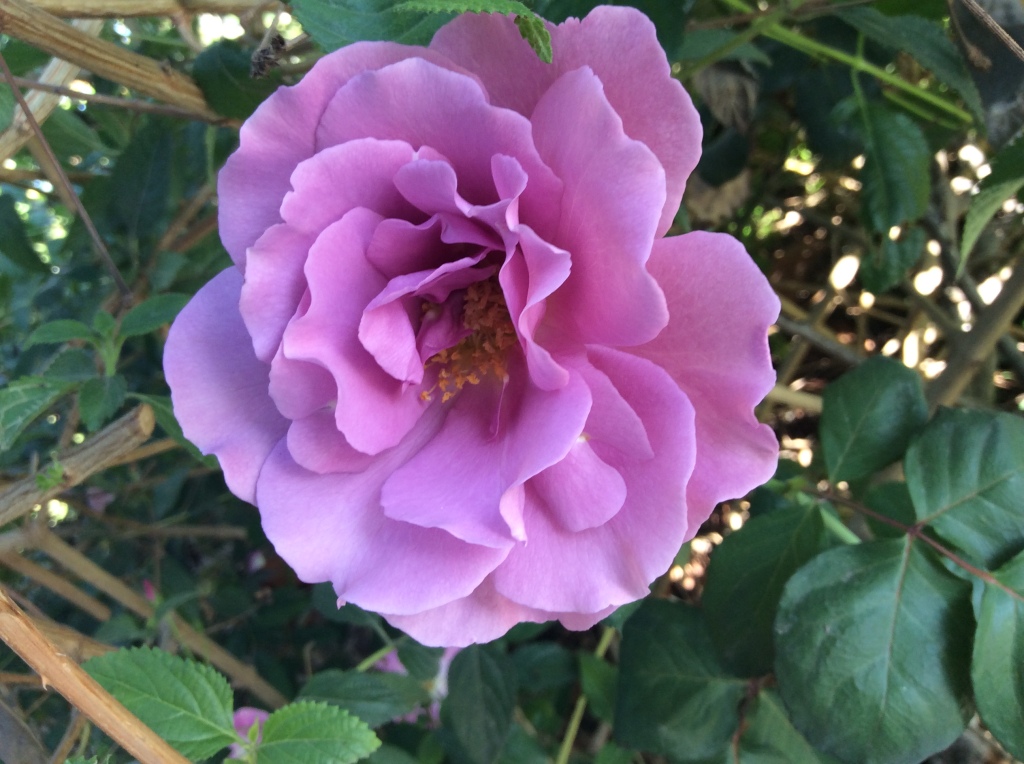An “exercise” to write a poem about ones origins with the words I am from… inspired me to write this poem.
I am from the dark side of the moon, blood born, secretly shining.
Fuerte
I am from puma, stalking your memories, invading your minds,.
Fuerte
I am from Gottlieb, who left Swiss mountains 150 years ago at 18 to avoid
becoming a mercenary, moved to Missouri, created a farm. His cultivator
sets in my front garden.
Fuerte
I am from persons Gujarati, Bengali, Punjabi, who sailed seas, met strangers, loved.
Fuerte
I am from Esan, a Nigerian tribe about which I knew nothing until a DNA test revealed,
ancient, black, beautiful.
Fuerte
I am from Latin America, Colombian, Peruvian, Puerto Rican–wanderers, explorers.
Fuerte
I am from Slavic peoples. Byzantine, Macedonian, Alexander the Great.
Fuerte
I am from brave wandering ancestors–Asian, Latin, Toscani Italian, French, German, Swiss, Slavic, Iberian.
Fuerte
I am from J haploid group, people who left the northern Middle East 7000 years ago,
wandered, explored, populated Western Europe.
Fuerte
I am from farmers, Doyle and Barbara, who grew corn, wheat, soybeans, Hereford and Charolaise cattle
to whom I carried salt blocks as a child.
Fuerte
I am from Sacred Corn, the nourisher, singing on hot summers, growing.
Fuerte
I am from the sweet smell of Jasmine, Roses, Honeysuckle, winding up walls, overgrowing gardens,
giving people hope.
Fuerte
I am from lemons, figs, dates, pomegranates, golden, dark, red, tropical, lingering.
Fuerte
I am from Stars, universal child, born on sacred ground, singing infinite songs.
Fuerte
